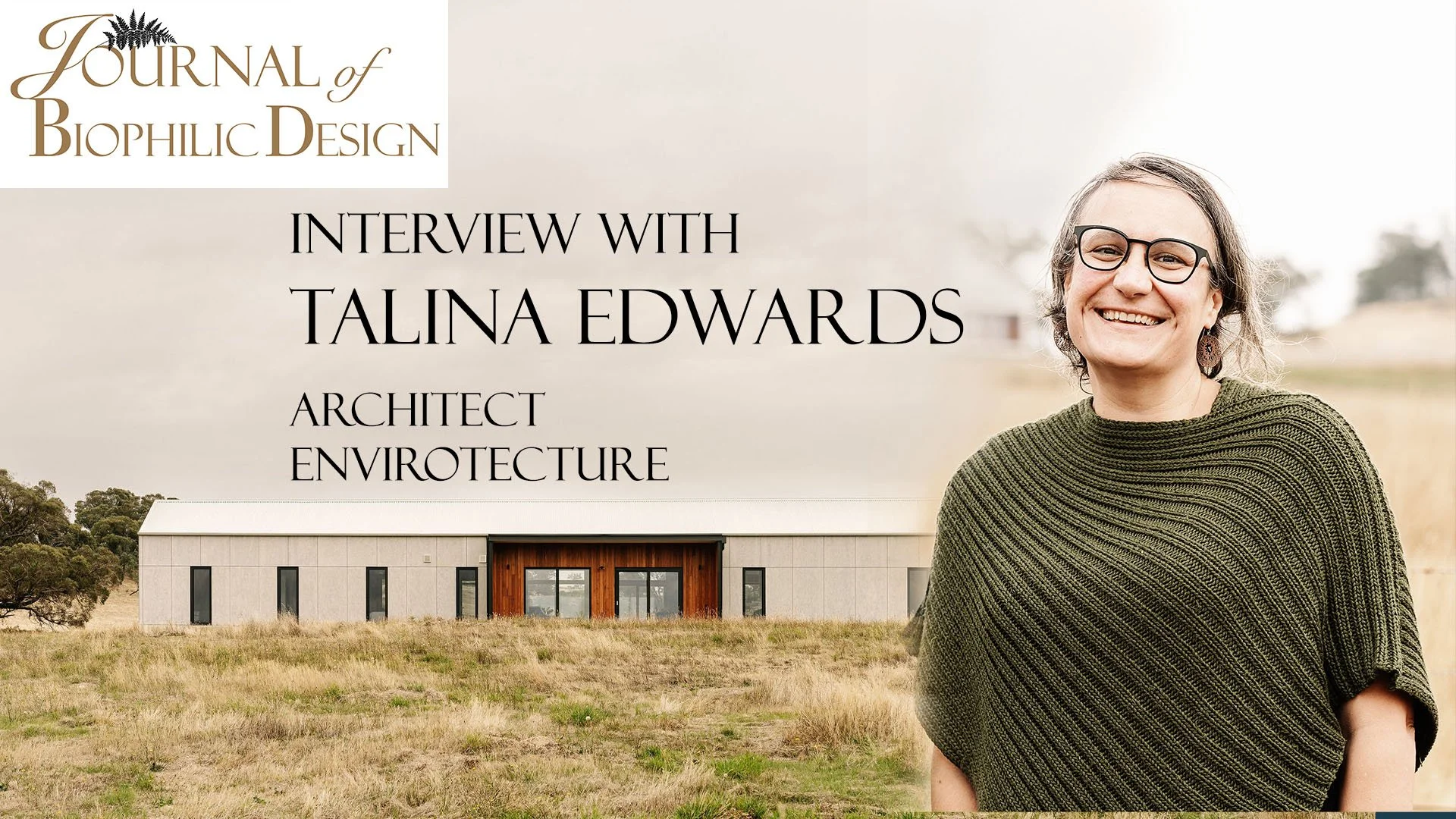"We're facing enormous challenges - climate crisis, biodiversity loss, social and economic inequity. These are complex, interlinked issues that we cannot solve by simply focusing on embedded and operational carbon." In the urgent battle against climate change, the built environment stands at a critical crossroads. Oliver Heath, well known global biophilic design expert, explains how Biophilic Design offers a transformative approach that goes far beyond superficial sustainability efforts.
Biophilic design represents a holistic solution, reimagining our built spaces as living, breathing ecosystems that support not just human health, but the wellbeing of all life. It's a radical departure from traditional sustainability approaches that narrowly target carbon reduction.
Oliver argues that true sustainability requires a systemic approach. "We need to take a wider view, not just a carbon tunnel vision," he emphasises. This means considering interconnected challenges like resource scarcity, water crises, air pollution, and biodiversity loss.
The key lies in understanding our fundamental connection to nature. Biophilic design recognises that humans have an evolutionary inheritance - a genetic predisposition to connect with natural environments. By integrating natural elements, patterns, and sensory experiences into our buildings, we can create spaces that simultaneously support human health and environmental sustainability.






